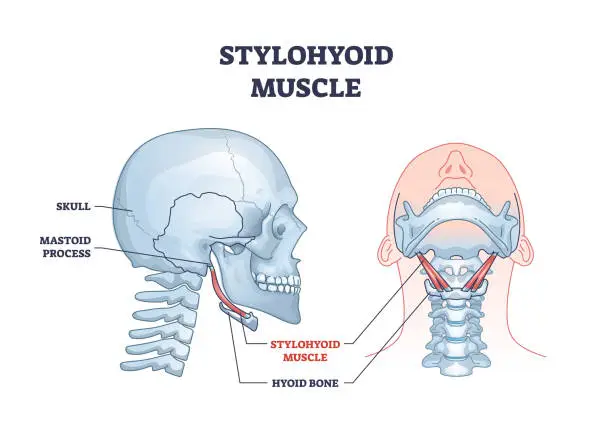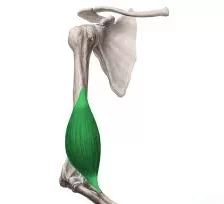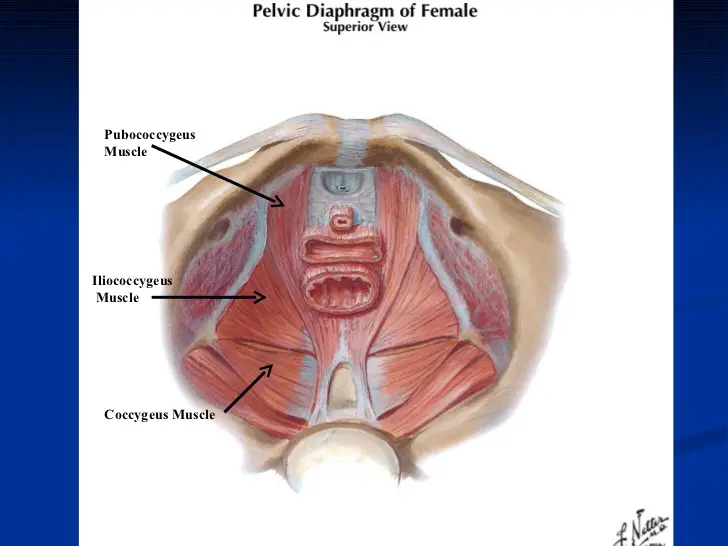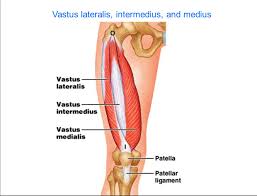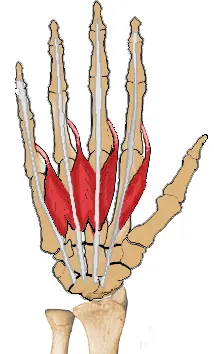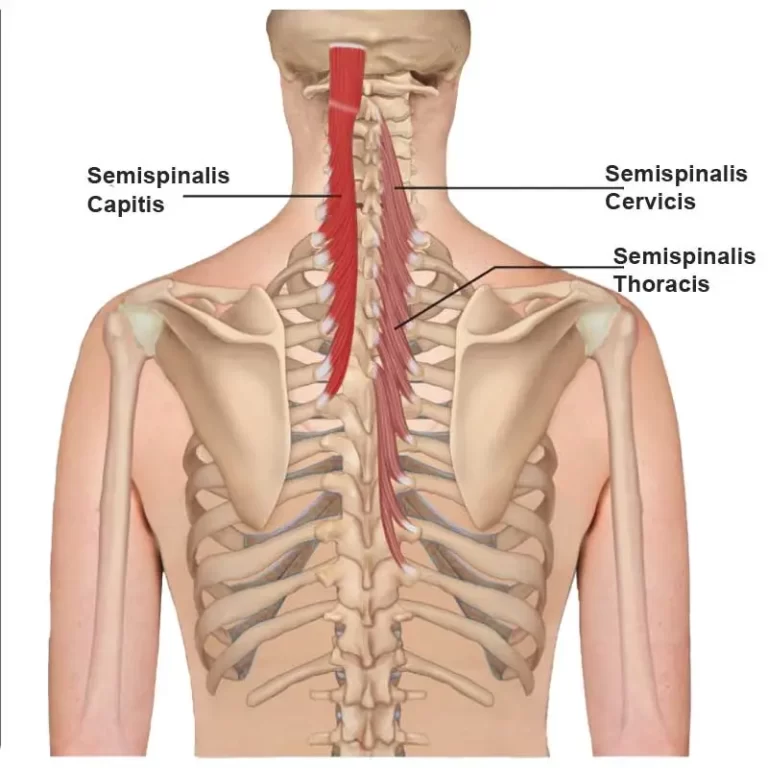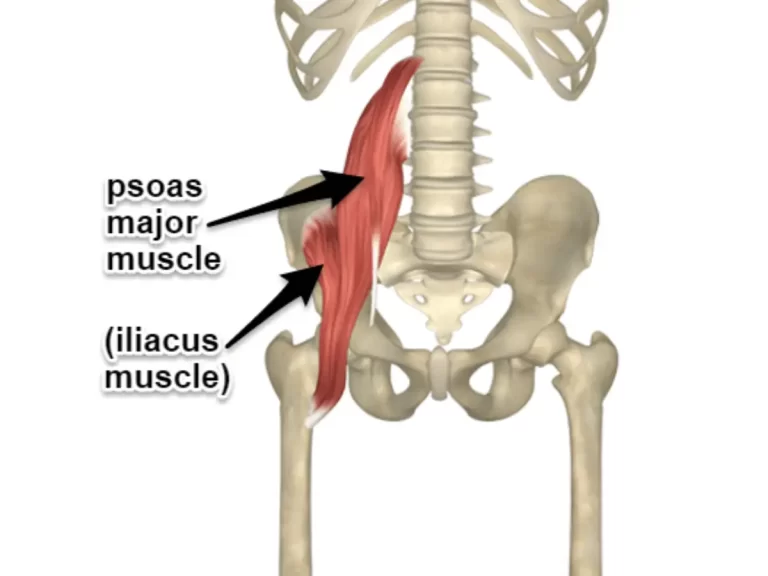Stylohyoid muscle
Table of Contents
Introduction
The stylohyoid muscle is a paired muscle located in the anterior triangle of the neck.
Stylohyoid muscle is a small slender muscle, that lies on the upper border of the posterior digastric muscle.
It is part of the suprahyoid group of the muscle which connects the hyoid bone to the mandible and skull. There is a total of four suprahyoid muscles, the other three being the mylohyoid, geniohyoid, and digastric muscles.
The stylohyoid muscle extends between the temporal and hyoid bones. By acting on the hyoid, it facilitates retraction of the tongue, and swallowing (deglutition), and keeps the airway open during inspiration.
Origin
The stylohyoid muscle originates from the Styloid process of the temporal bone
Insertion
The stylohyoid muscle inserted on the Body of the hyoid bone
Nerve supply
The nerve supply of the stylohyoid muscle is the Stylohyoid branch of the facial nerve (CN VII)
Blood supply
The blood supply of the stylohyoid muscle is the Branches from the facial, occipital, and posterior auricular arteries
Action
Elevates and draws hyoid bone posteriorly
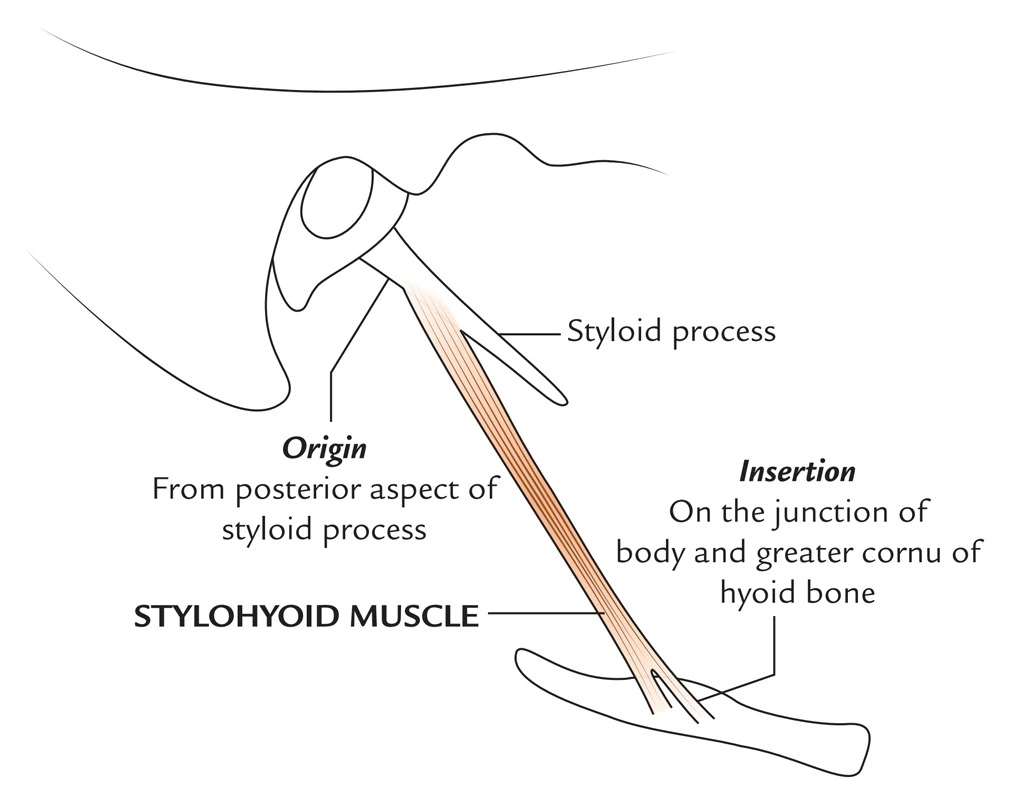
Clinical relevance
Eagle syndrome
It is also known as the stylohyoid syndrome which is caused by the partial ossification of the ligament of the stylohyoid. It results in sharp shooting pain in the jaw unilaterally. The pain can radiate into the throat, tongue, or ear, which causes difficulty in deglutition, sore throat, and tinnitus. For its management, surgical resection of the ligament is needed as it compresses the underlying structures.
Pathologic conditions associated with the stylohyoid muscle may result in cervical and pharyngeal symptoms like neck pain laterally in the area of the angle of the mandible, submandibular space, and anterior aspect of the upper neck. The pain may get exacerbated by movements such as speaking, yawning, swallowing, or head-turning.
The stylohyoid muscle is supplied by the facial nerve (CN VII). The facial nerve has a significant contribution to the oropharyngeal phase of deglutition through different muscles. Paralysis or weakness of the stylohyoid muscle may occur if the facial nerve gets damaged causing difficulty in swallowing.
Exercise for the stylohyoid muscle
Hanging head lift
Lie on a bed with the head dangling over the edge. Lift the chin toward the chest. Place a hand behind the head for assistance until the jaw and neck muscles grow stronger. Hold the pose for a few seconds and slowly lower the head to its original starting position. Repeat the exercise for five to seven repetitions before relaxing.

